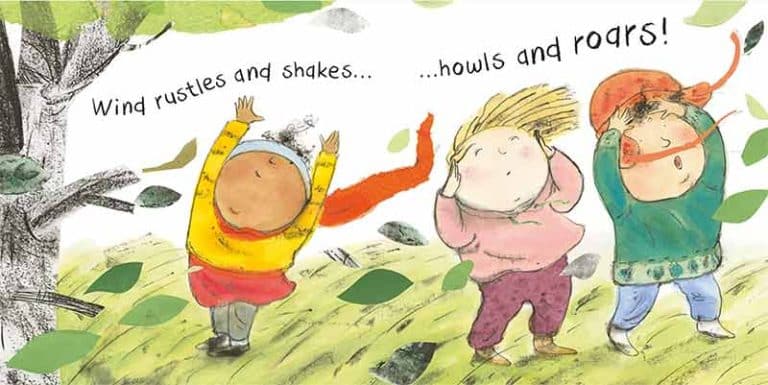TAKE-HOME STRATEGY
Supporting Reasoning at Home

What It's About
Reasoning is thinking through something to come to a conclusion. Children use their Reasoning skills as they explore cause and effect, make predictions, and explain why something happened.
You can help your child develop Reasoning skills by giving them chances to interact and experiment with the world around them.
Here are some ways you can support Reasoning at home. Keep in mind that you can change these activities to work for you and your child based on their current abilities, interests, and what you have available at home. Make sure to use safe materials and watch your child closely during these activities.
Take a look, and try out your favorites!
Cooking Questions
I'm Thinking of A...
Sorting Objects
Share Stories
Play and Wonder
Test It!
Quick Cues for Supporting Reasoning
Some things you might do or say to help strengthen your child’s Reasoning skills
Point Out Reasoning
Talk about what you are doing and why you are doing it.
This can sound like:
“I heard the doorbell! That must mean a visitor is here to see us. Let’s go see who it is.”
“I can’t seem to fit this puzzle piece in this spot… Hmm, I wonder what will happen if I turn it? That worked!”
“I know you aren’t happy that we have to… but here’s why we have to…”
Ask Open-Ended Questions
Ask questions that encourage your child to think about a situation or why something happens.
This can sound like:
“How can we reach the sink? Let’s get a stool.”
“Why do you think our tower fell?”
“What will happen if we don’t water our plant? Why?”
Help Your Child Explain Their Thinking
Use questions or comments to help your child explain their thinking or justify their answers, even if you are answering your own questions.
This can sound like:
“I wonder why they’re waving the bubble wand around fast. Oh! It makes a lot of bubbles that way.”
“I saw you pick the spoon instead of a fork for your soup. What made you choose the spoon?”
“You said the red car will go faster. What makes you think that?”
Our Book Recommendations for Reasoning
Engaging stories that support children's Reasoning skills

Wind
Written and illustrated by Carol Thompson, this book is about children finding out what can happen when things get swept up on a windy day.
Have fun with it:
Try out cause-and-effect activities together – like splashing in water or rolling a ball down a ramp.

Max and the Tag-Along Moon
Written and illustrated by Floyd Cooper, this story includes a boy who wonders about the moon following him as he travels back home.
Have fun with it:
Stay up a little later to observe the moon. In the morning, talk about the changes your child notices in the sky (it is brighter, the moon is gone, the sun is up), and why those changes happened.
More Take-Home Strategies
We’re creating a library of resources like these so families and other caregivers can quickly and easily promote children’s development at home. Be sure to see all the strategies we have available!

